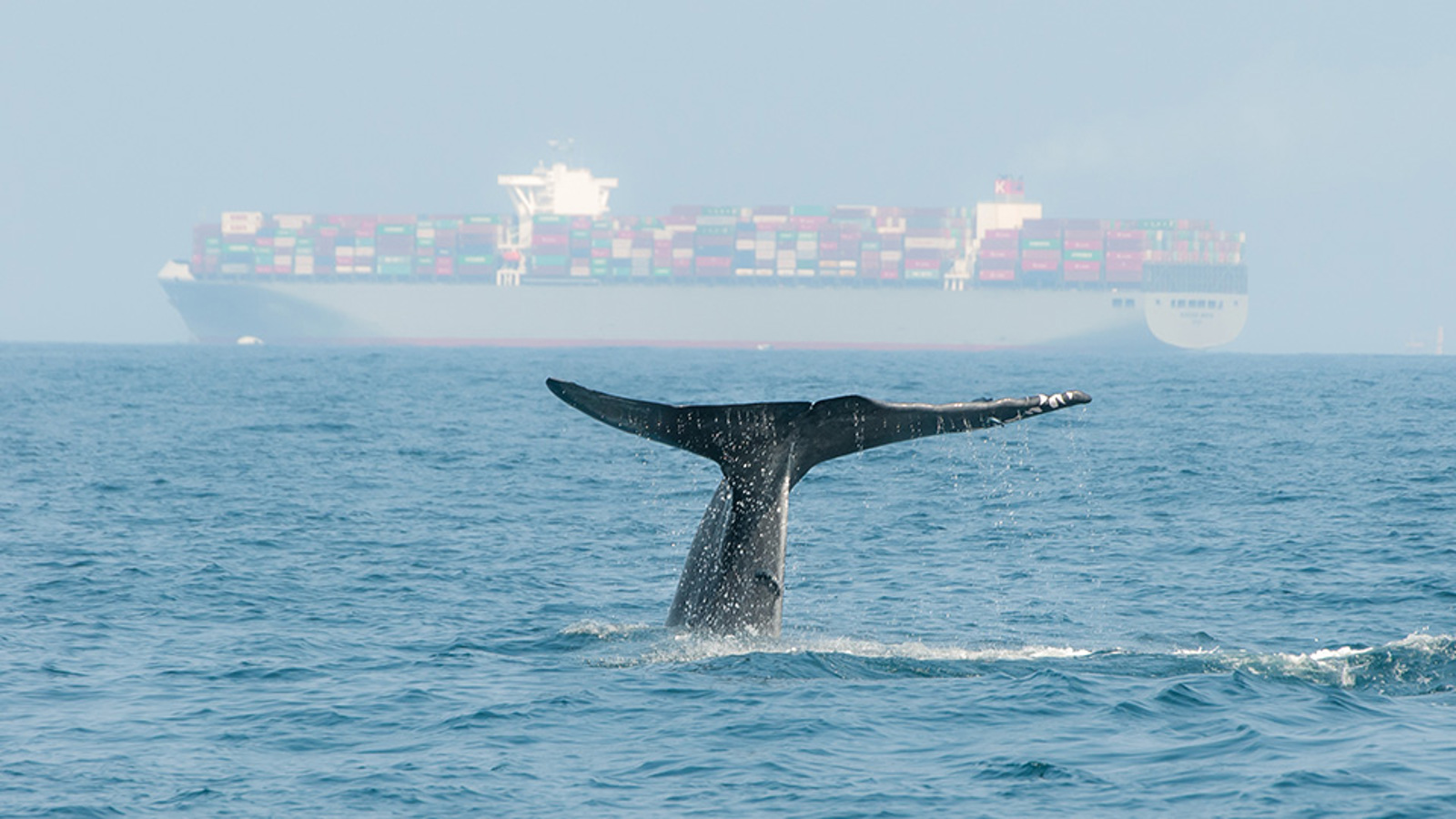risk reduction
Protecting Whales
The ocean is a shared resource, and shipping must co-exist with the creatures that live there. Increased shipping activity, along with ships that are bigger and faster than ever before, has increased the risks to marine life, particularly whales. Preventing whale strikes isn’t only a matter of conservation: they can endanger ships and those on board. Whales are also at risk from the underwater radiated noise ships generate, which can interfere with the mammals’ ability to communicate, forage and reproduce.
BIMCO works with several NGOs to protect whales, including the World Shipping Council, which publishes the WSC Whale Chart, a global voyage planning aid that covers the whale conservation measures that apply to the merchant shipping fleet.
These can include voluntary slowdowns or special navigational measures. BIMCO has, for example, joined the International Whaling Commission (IWC) and the International Fund for Animal Welfare (IFAW) to back the establishment of a new traffic separation scheme (TSS) south of Sri Lanka to protect endangered blue whales in one of the world’s largest marine trade lanes.
BIMCO also supports ORCA, which has created an online course to educate seafarers about the impact of ship strikes, and signpost opportunities for reducing the risk of collision.
When it comes to the impact of underwater radiated noise (URN) on whales, BIMCO has paired up with the International Chamber of Shipping to produce the Underwater Radiated Noise Guide, a practical explainer into the sources of underwater noise, the latest IMO guidelines and how to set up a noise management plan.

The guide also looks at the scope of regional regulations and voluntary measures and explores how energy efficiency measures can reduce not only damaging greenhouse gas emissions but also underwater noise, a double-win for marine life and the environment. BIMCO is also a strategic partner of the IMO-UNDP-GEF GloNoise Partnership Project to help developing countries build capacity so they can implement the IMO guidelines on the reduction of URN.


